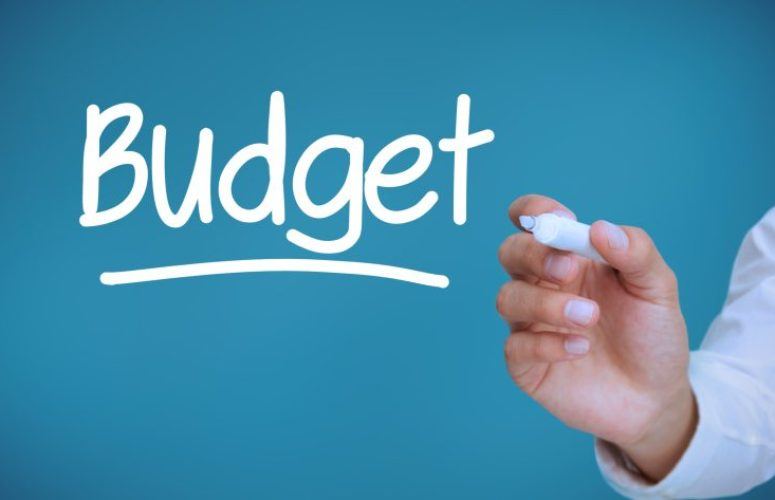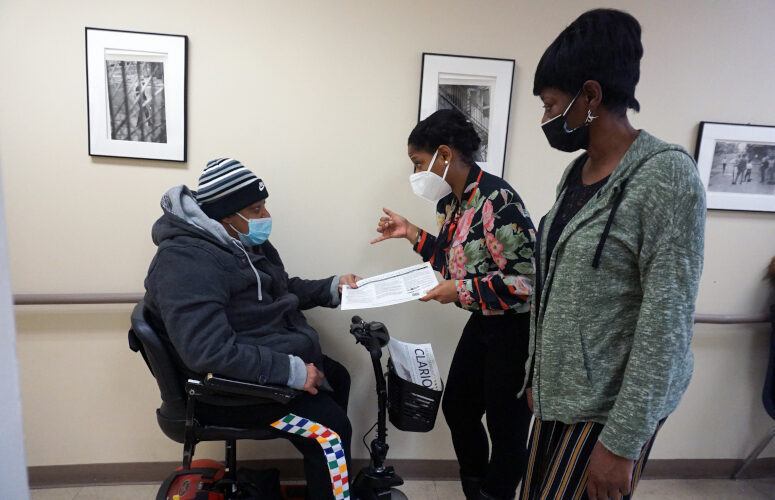
Budget Breakdown: Good News Now, but Trouble Ahead?
By Christopher Emigholz, NJBIA Vice President of Government Affairs On Jul 29, 2021When you are summarizing something as large in pages and dollars as the $46.4 billion state budget, it is convenient to try to categorize the mixed positions on it as the “good, bad and ugly.” Not so fast with the FY22 budget signed by Gov. Phil Murphy on June 29, because I think it is more appropriate to say, “GOOD, TOO GOOD TO BE TRUE, AND UGLY.”
This fourth budget proposed and signed by Governor Murphy offers a mixed bag to the New Jersey taxpayer, and under a little more scrutiny, there is some reason for alarm.
First the GOOD. This is the first Murphy budget that did not directly include any tax increases, and that is worth praising this year after taxpayers were hit with a variety of new taxes in the past three budgets. There is even some minor tax relief that will help some individual taxpayers.
It is also a historic achievement to make the full pension payment plus ($6.9 billion) for the first time in decades, and despite the need for further pension reform, paying down that long-term liability is a responsible move. Also on responsible investments, this budget put aside $3.7 billion in a Debt Defeasance and Prevention Fund for retiring state debt and capital construction to avoid future debt.
The budget also includes investments in innovation, infrastructure and workforce development to stimulate our economy. NJBIA worked with the county colleges, our legislators and the Murphy administration on a significant investment in workforce development. We look forward to developing training best practices for New Jersey’s key industries and expanding our successful Basic Skills Training Program after the budget more than tripled its funding.
Then comes the TOO GOOD TO BE TRUE. All the good comes from a spending increase of $1.6 billion over what Governor Murphy had first proposed and $11.7 billion more than the last signed budget of the Christie administration just four years ago. That equates to a 4% appropriations increase, after budget negotiations, from the already generous budget he first proposed and a massive 34% increase in spending over four years. That enormous spending increase includes many items everyone would support, such as school funding, but is it sustainable?
That leads to the UGLY – the possibility of future tax increases. This budget may not be sustainable because it spends $4.3 billion more than the state collects. That ugly structural imbalance is about 9% of the current budget total and is possible because the state has significant surplus due to under-projecting past revenue that was spent down to fund this year’s budget. It is certainly not sustainable to continue that imbalance, so every New Jersey taxpayer must worry that the unsustainable has a way of becoming sustainable in some policymakers’ minds by using a tax increase to pay for it. In a state with the highest corporate tax in the nation, the highest property taxes, and among the highest income tax rates, we cannot afford further taxes in the near future to make this generous budget sustainable.
Sustainability without the need for tax increases is possible with a responsible use of federal American Rescue Plan funds, including using those funds to replenish our depleted Unemployment Insurance (UI) Trust Fund to lower an expected multi-year billion-dollar payroll tax increase on jobs.
Wise investments with that federal money can turn the UGLY and TOO GOOD TO BE TRUE into the GOOD we all need after the pandemic’s devastation on our state.
To access more business news, visit NJB News Now.
Related Articles:





